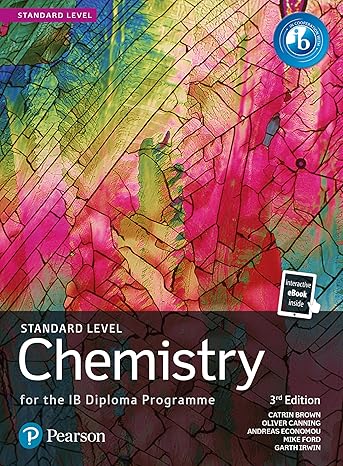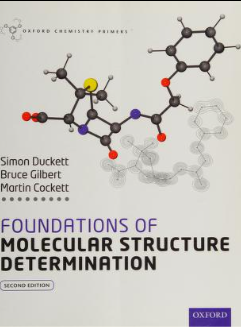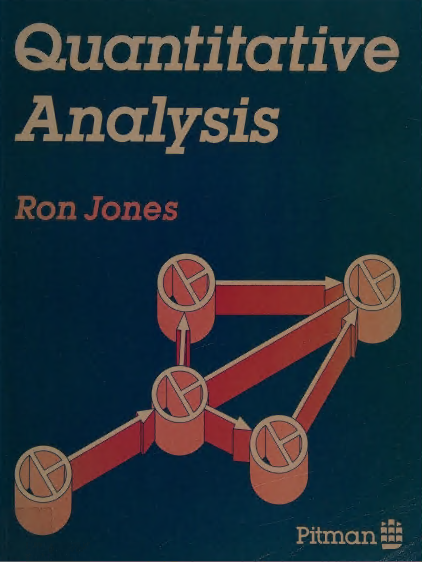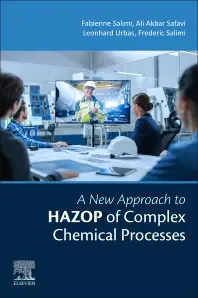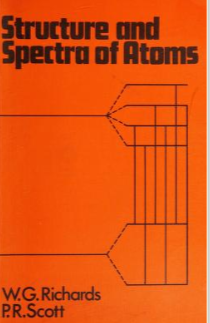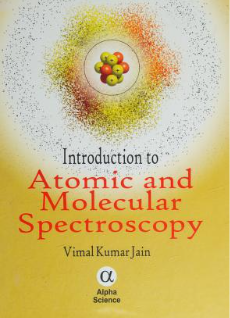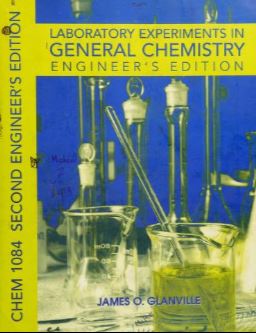دانلود کتاب High temperature strain of metals and alloys: physical fundamentals - Original PDF
Author:
Valim Levitin
0 (0)
توضیحات کتاب :
Creep and fatigue are the most prevalent causes of rupture in superalloys, which are important materials for industrial usage, e.g. in engines and turbine blades in aerospace or in energy producing industries. As temperature increases, atom mobility becomes appreciable, affecting a number of metal and alloy properties. It is thus vital to find new characterization methods that allow an understanding of the fundamental physics of creep in these materials as well as in pure metals. Here, the author shows how new in situ X-ray investigations and transmission electron microscope studies lead to novel explanations of high-temperature deformation and creep in pure metals, solid solutions and superalloys. This unique approach is the first to find unequivocal and quantitative expressions for the macroscopic deformation rate by means of three groups of parameters: substructural characteristics, physical material constants and external conditions. Creep strength of the studied up-to-date single crystal superalloys is greatly increased over conventional polycrystalline superalloys. From the contents: - Macroscopic characteristics of strain at high temperatures - Experimental equipment and technique of in situ X-ray investigations - Experimental data and structural parameters in deformed metals - Subboundaries as dislocation sources and obstacles - The physical mechanism of creep and the quantitative structural model - Simulation of the parameters evolution - System of differential equations - High-temperature deformation of industrial superalloys - Single crystals of superalloys - Effect of composition, orientation and temperature on properties - Creep of some refractory metals For materials scientists, solid state physicists, solid state chemists, researchers and practitioners from industry sectors including metallurgical, mechanical, chemical and structural engineers.
سرچ در وردکت | سرچ در گودریدز | سرچ در اب بوکز | سرچ در آمازون | سرچ در گوگل بوک
1,279 بازدید 0 خرید

